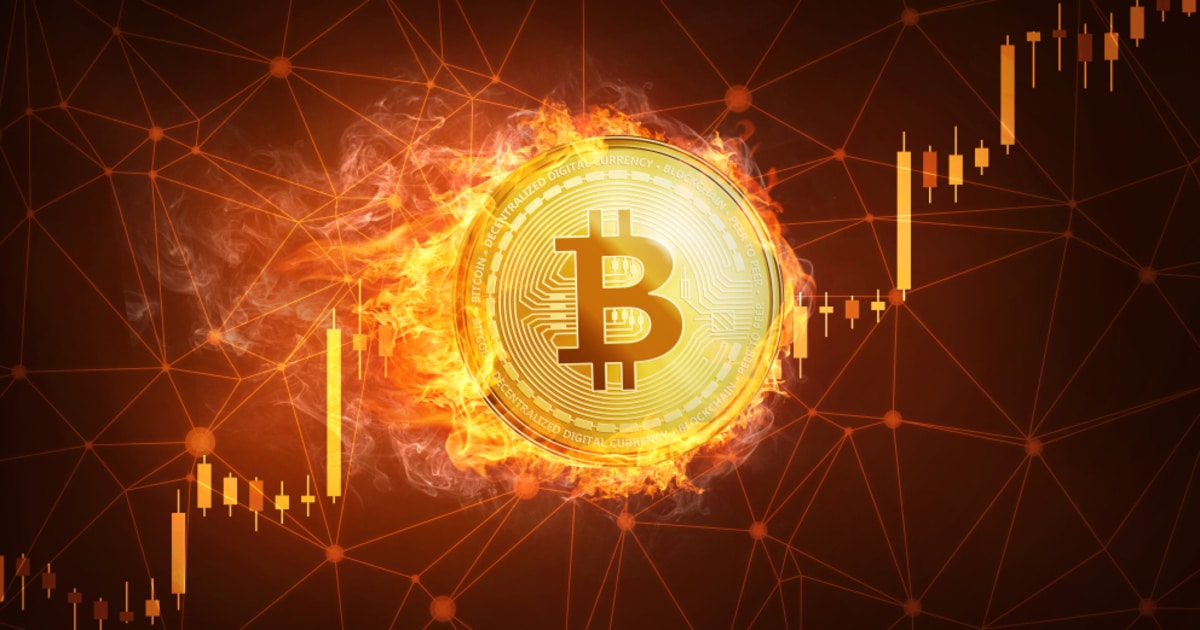Stagflation Shockwaves: How Global Economic Shifts Are Forcing Investors to Rethink Everything
Markets are sweating bullets as stagflation rears its ugly head—and traditional portfolios are getting crushed. Here's where the smart money's fleeing.
The great portfolio purge
Goldman's latest data shows a record $420B in equity outflows as investors ditch 'safe' blue chips for hard assets. Meanwhile, crypto's quietly absorbing 37% more institutional capital than last quarter.
Deflation's dead—wake up and smell the currency rot
With central banks trapped between 6% inflation and looming recessions, that 60/40 portfolio isn't just underperforming—it's becoming an active liability. (But hey, at least your financial advisor still gets paid.)
Crypto's stealth bull run
While Wall Street panics, Bitcoin's quietly up 78% YTD against the Dollar Index. Ethereum's DeFi ecosystem just processed more volume than JP Morgan's prime brokerage last quarter. Coincidence? The hedge funds don't think so.
The new playbook? Ditch the dinosaurs, embrace volatility, and remember—in stagflation, the rules get rewritten by whoever's holding the hardest assets.

The global investment landscape is undergoing significant transformations, driven by escalating stagflation risks, increasing recession probabilities, and shifting global power dynamics. These changes are prompting investors to reevaluate their strategies to better identify where safety and opportunity might lie, according to VanEck.
Stagflation and Recession Concerns
Stagflation, a term that describes a scenario of stagnant economic growth coupled with high inflation, poses a growing threat to global markets. Investors are becoming increasingly wary of its potential impact on their portfolios. With the odds of a recession on the rise, the need to adjust investment strategies to mitigate risks is becoming ever more pressing.
Global Power Dynamics
The shifting dynamics of global power are another factor influencing investment decisions. As geopolitical tensions and economic policies evolve, investors must navigate a complex landscape to find viable opportunities. This includes considering the implications of exchange rate fluctuations, exchange controls, and the political, economic, and social stability of various regions.
Emerging Markets and Commodity Risks
Investments in emerging markets and commodities bring additional risks, such as market volatility and liquidity issues. These challenges can be particularly daunting for inexperienced investors. VanEck emphasizes that emerging market securities are subject to greater risks than domestic investments, including the potential for arbitrary actions by foreign governments.
Furthermore, direct investments in commodities can be highly volatile, adding another LAYER of complexity to investment strategies.
Investment Strategy Considerations
While diversification remains a key strategy to manage risk, it does not guarantee profits or protection against losses in declining markets. VanEck highlights the importance of carefully considering these factors when formulating investment strategies, as past performance is not indicative of future results.
For more insights and detailed analysis, visit VanEck's official post on these global investment shifts here.
Image source: Shutterstock- investment
- global economy
- stagflation

